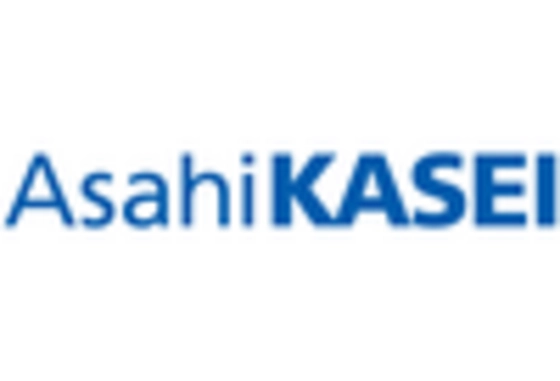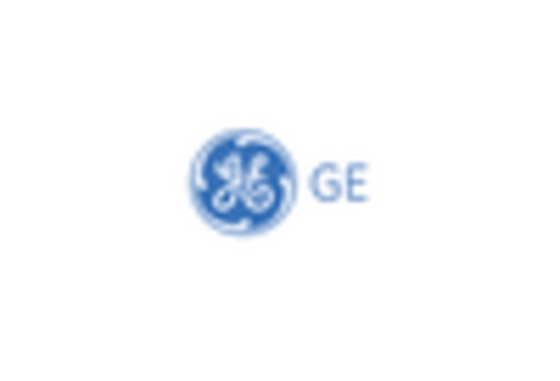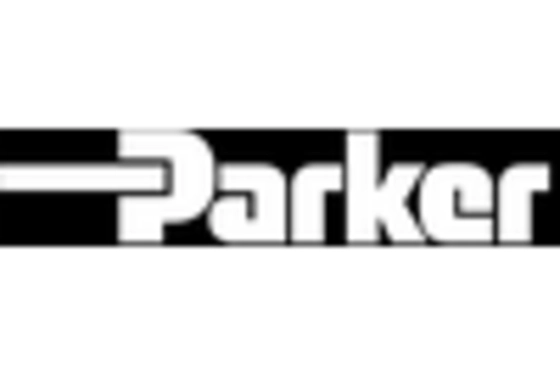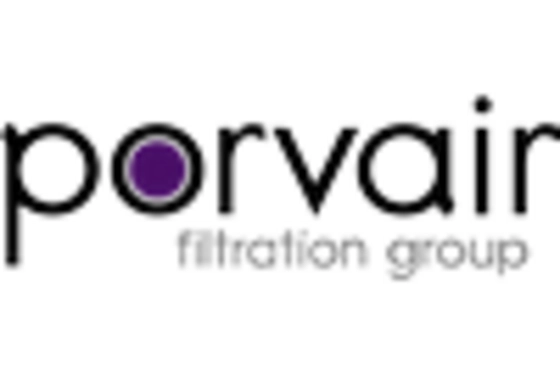Growth in Energy Storage Solutions
The transition towards renewable energy sources has led to an increased focus on energy storage technologies. Nanoporous Membranes Market is poised to benefit from this trend, as these membranes are integral to the development of advanced batteries and fuel cells. The energy storage market is anticipated to expand, driven by the need for efficient energy management systems. Nanoporous membranes facilitate ion transport and enhance the performance of energy storage devices, making them essential components in next-generation technologies. As the demand for clean energy solutions escalates, the integration of nanoporous membranes in energy storage applications is likely to become more prevalent, thereby propelling market growth.
Rising Demand for Water Purification
The increasing global concern regarding water quality and scarcity appears to drive the demand for advanced filtration technologies. Nanoporous Membranes Market is witnessing a surge in applications related to water purification, as these membranes offer superior filtration capabilities. According to recent estimates, the water treatment sector is projected to grow significantly, with nanoporous membranes playing a crucial role in removing contaminants and improving water quality. This trend is likely to be fueled by stricter regulations on water quality and the need for sustainable solutions. As industries and municipalities seek efficient and cost-effective methods for water treatment, the adoption of nanoporous membranes is expected to rise, thereby enhancing the market's growth potential.
Emerging Applications in Gas Separation
The need for efficient gas separation technologies is becoming increasingly critical in various industries, including petrochemicals and environmental management. Nanoporous Membranes Market is likely to see growth as these membranes offer unique properties for selective gas separation. The market for gas separation technologies is projected to expand, driven by the demand for carbon capture and storage solutions. Nanoporous membranes can effectively separate gases based on size and permeability, making them suitable for applications such as natural gas processing and air separation. As industries strive to reduce emissions and improve efficiency, the adoption of nanoporous membranes for gas separation is expected to gain traction, thereby enhancing market dynamics.
Advancements in Pharmaceutical Filtration
The pharmaceutical industry is increasingly adopting advanced filtration technologies to ensure product purity and safety. Nanoporous Membranes Market is experiencing growth due to the rising need for effective filtration solutions in drug manufacturing processes. These membranes are capable of removing particulates and microorganisms, thus ensuring compliance with stringent regulatory standards. The pharmaceutical sector is projected to expand, with a growing emphasis on biopharmaceuticals and personalized medicine. As companies seek to enhance their production processes and maintain high-quality standards, the demand for nanoporous membranes in pharmaceutical applications is expected to rise, contributing to the overall market growth.
Increased Investment in Research and Development
The Nanoporous Membranes Market is benefiting from heightened investment in research and development activities. This trend is indicative of the growing recognition of the potential applications of nanoporous membranes across various sectors. Increased funding is likely to accelerate innovation, leading to the development of new materials and technologies that enhance membrane performance. As researchers explore novel applications, such as in biotechnology and environmental remediation, the market is expected to expand. The emphasis on developing cost-effective and efficient membrane solutions may also attract further investment, thereby fostering a competitive landscape and driving market growth.


















Leave a Comment